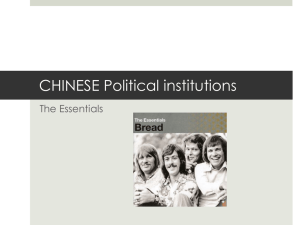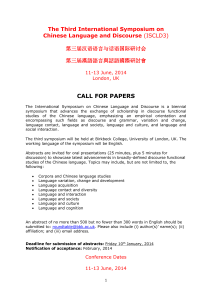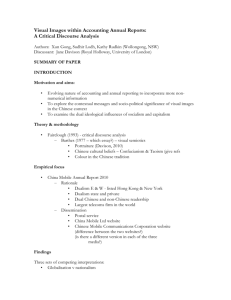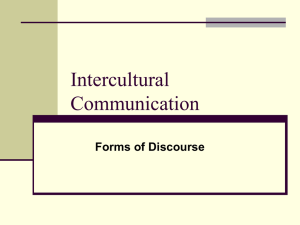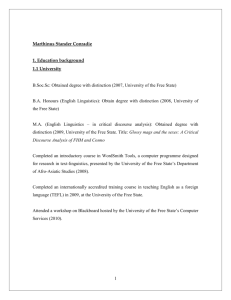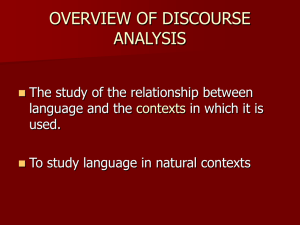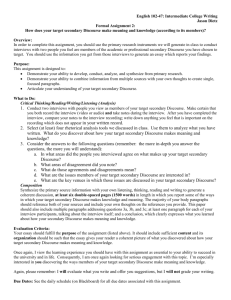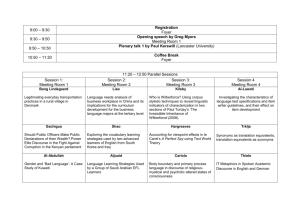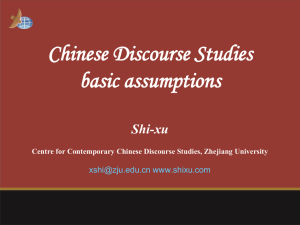Abstract
advertisement
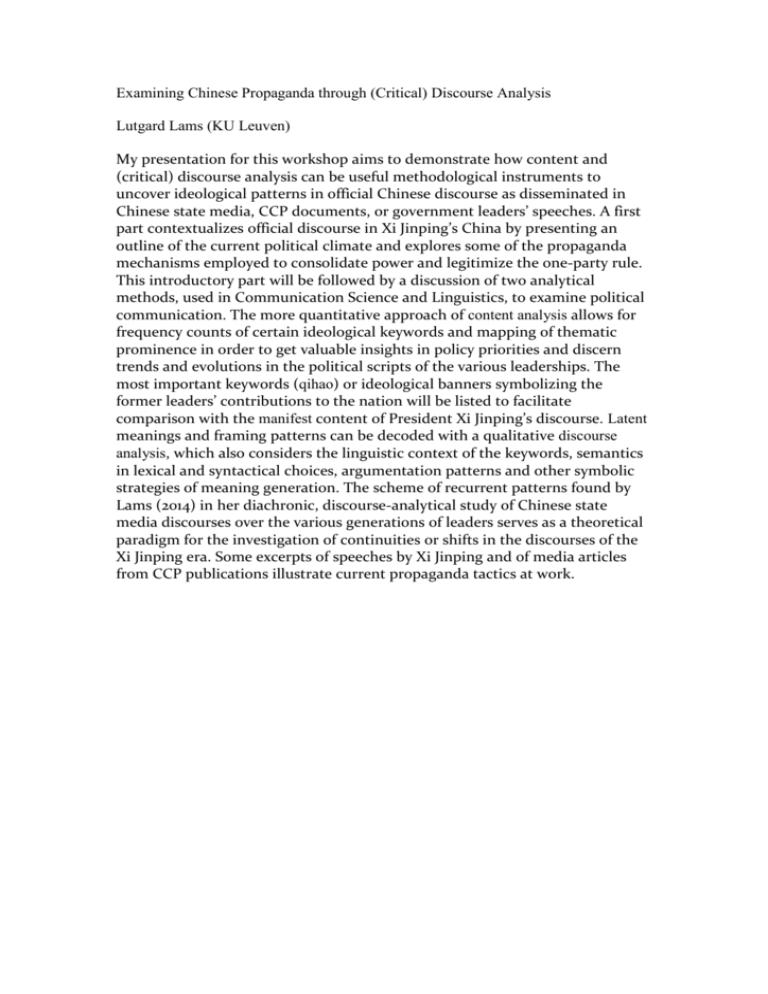
Examining Chinese Propaganda through (Critical) Discourse Analysis Lutgard Lams (KU Leuven) My presentation for this workshop aims to demonstrate how content and (critical) discourse analysis can be useful methodological instruments to uncover ideological patterns in official Chinese discourse as disseminated in Chinese state media, CCP documents, or government leaders’ speeches. A first part contextualizes official discourse in Xi Jinping’s China by presenting an outline of the current political climate and explores some of the propaganda mechanisms employed to consolidate power and legitimize the one-party rule. This introductory part will be followed by a discussion of two analytical methods, used in Communication Science and Linguistics, to examine political communication. The more quantitative approach of content analysis allows for frequency counts of certain ideological keywords and mapping of thematic prominence in order to get valuable insights in policy priorities and discern trends and evolutions in the political scripts of the various leaderships. The most important keywords (qihao) or ideological banners symbolizing the former leaders’ contributions to the nation will be listed to facilitate comparison with the manifest content of President Xi Jinping’s discourse. Latent meanings and framing patterns can be decoded with a qualitative discourse analysis, which also considers the linguistic context of the keywords, semantics in lexical and syntactical choices, argumentation patterns and other symbolic strategies of meaning generation. The scheme of recurrent patterns found by Lams (2014) in her diachronic, discourse-analytical study of Chinese state media discourses over the various generations of leaders serves as a theoretical paradigm for the investigation of continuities or shifts in the discourses of the Xi Jinping era. Some excerpts of speeches by Xi Jinping and of media articles from CCP publications illustrate current propaganda tactics at work.

